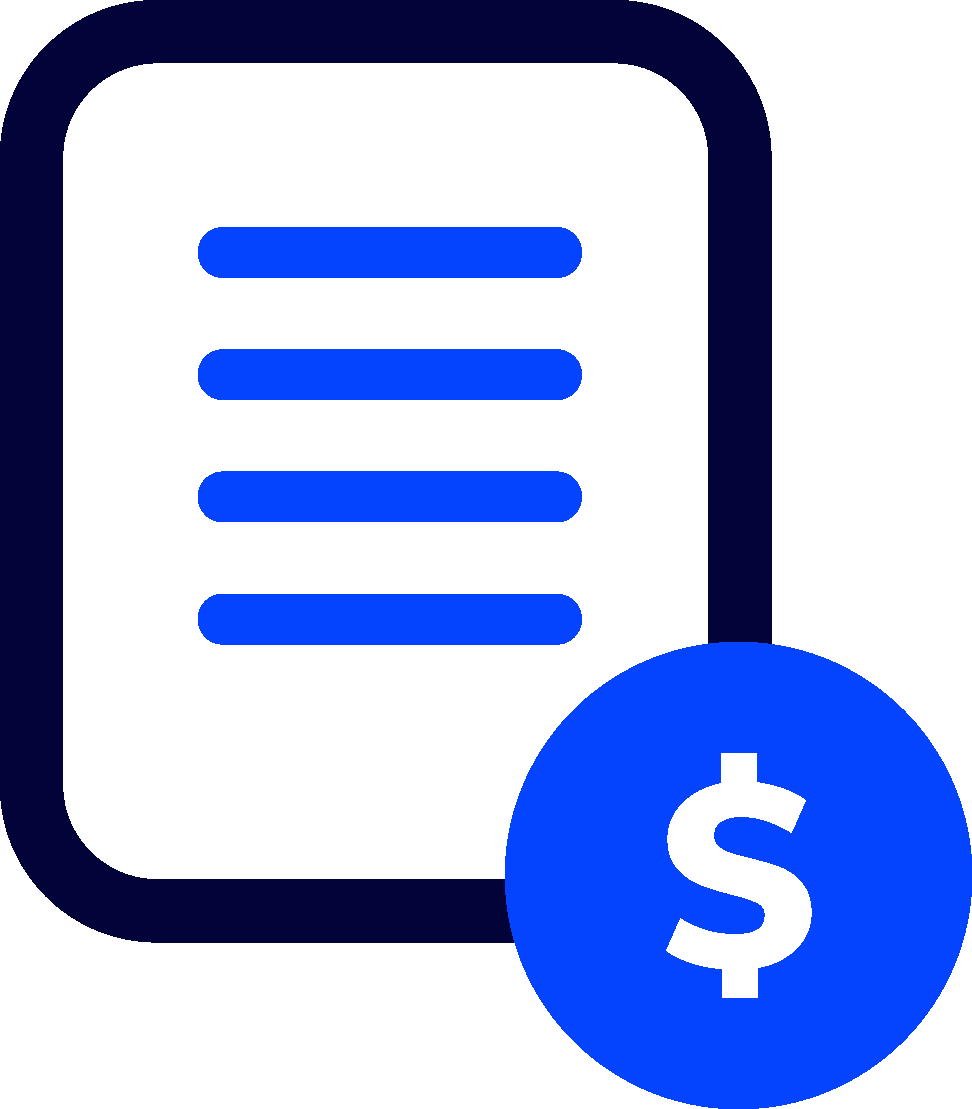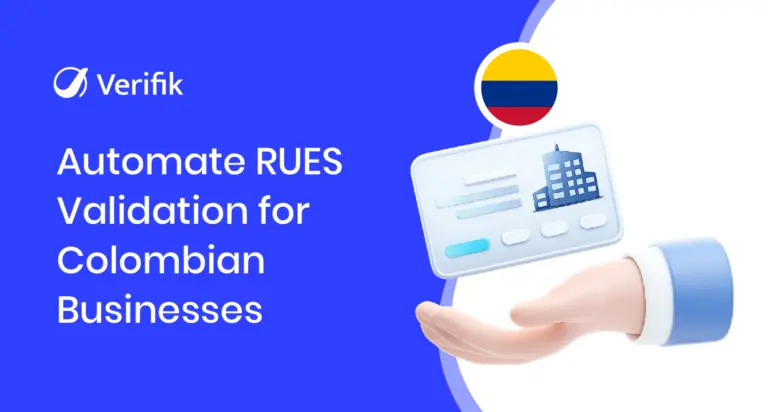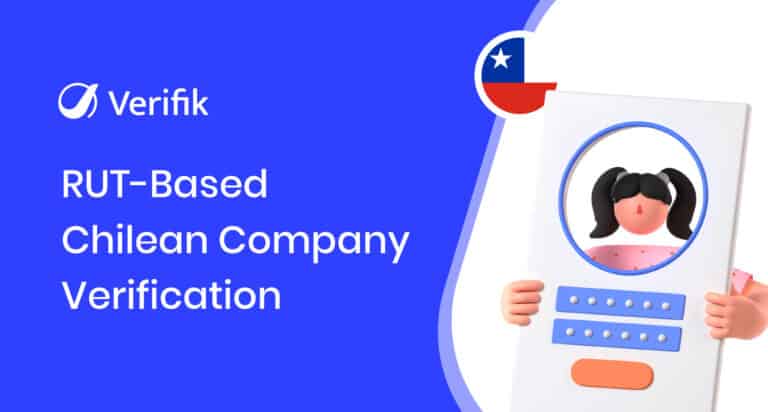For businesses today, database screening is a crucial part of risk management and compliance. Every organization wants to make sure they are not engaging with high-risk individuals, organizations, or countries that could lead to legal trouble or reputational damage.
Two terms often come up in this context: global watchlists and sanctions lists. While they may seem similar, they serve different purposes, and confusing them can leave your business exposed to risks or compliance gaps.
In this blog, we’ll break down what global watchlists and sanctions lists are, highlight their differences, and explain why businesses need to screen against both to stay secure and compliant.
What is a Global Watchlist?
A global watchlist is a database containing information on individuals, organizations, and entities considered high-risk or suspicious by governments, regulators, or international bodies. These lists are designed to help businesses identify potential threats before engaging in transactions or partnerships.
Unlike official sanctions lists, global watchlists are broader in scope. They include people under investigation, persons of interest, or entities linked to financial crime, fraud, or other suspicious activities. Businesses use these lists to detect potential threats that may not yet be subject to legal restrictions.

Examples of global watchlists include those maintained by Interpol, private compliance firms, or organizations monitoring international financial crime. Regularly screening against these watchlists helps businesses stay proactive, protect their reputation, and make informed decisions before onboarding clients, partners, or vendors.
For instance, a bank onboarding a new client might screen their name against global watchlists to check for connections with criminal activities or negative media coverage. If a match is found, the bank can perform additional due diligence before proceeding.
What is a Sanction List?
A sanctions list is an official record of individuals, organizations, or countries that are legally restricted from certain activities, such as financial transactions, trade, or travel. These lists are enforced by governments and international bodies to uphold national security, foreign policy, and global regulations.
Sanctions can take various forms, including asset freezes, trade restrictions, and travel bans. Unlike global watchlists, engaging with entities on a sanctions list can result in legal consequences, fines, or severe penalties.

Organizations like the United Nations, the U.S. Office of Foreign Assets Control (OFAC), the European Union, and local authorities maintain and update sanctions lists regularly. Businesses must screen clients and partners against these lists to avoid violating laws and facing regulatory action.
For instance, a company exporting goods internationally must check that the buyer is not on a sanctions list. Failing to do so could lead to hefty fines and damage to the company’s reputation.
Key Differences Between Global Watchlists and Sanctions Lists
Understanding the differences between global watchlists and sanctions lists is crucial for effective database screening and regulatory compliance. Using both correctly helps businesses minimize risk, avoid penalties, and make informed decisions.
-
Scope
Global watchlists track a wide range of high-risk individuals and organizations across the world, including those under investigation, persons of interest, or entities associated with suspicious activities. These lists cover potential threats even before they are subject to legal sanctions. Sanctions lists are narrower, focusing only on individuals, companies, or countries officially restricted by governments or international authorities. Using both ensures that businesses address both potential and legally recognized risks.
-
Purpose
The purpose of global watchlists is to provide early warnings and identify potential threats before they escalate. They help businesses assess risk proactively and prevent engagement with potentially problematic parties. Sanctions lists, in contrast, exist to enforce legal restrictions and prevent businesses from engaging with restricted parties. Compliance with these lists is mandatory, and overlooking them can have serious legal consequences.
-
Enforcement
Global watchlists act as advisory tools and do not carry legal obligations. They guide companies in identifying potential risks but do not impose penalties for non-compliance. Sanctions lists, by contrast, are legally binding, and businesses must comply to avoid fines, legal action, or reputational damage. Ignoring sanctions lists can result in severe consequences, while neglecting watchlists can leave companies vulnerable to indirect risks, reputational issues, or missed opportunities to act early.
-
Frequency of Updates and Source Reliability
Global watchlists are updated regularly but often aggregate information from multiple sources, which can sometimes lead to inconsistencies or gaps. Sanctions lists are maintained by official authorities and updated according to strict regulatory guidelines, making them highly reliable for compliance purposes. Regularly checking both lists ensures businesses have access to the most current and accurate information, which reduces the risk of overlooking high-risk parties.
-
Risk Management Approach
Businesses that rely solely on one type of list may leave gaps in their compliance and risk management processes. Combining global watchlists with sanctions lists creates a more comprehensive and proactive strategy. This approach not only helps identify potential risks early but also ensures full legal compliance. It strengthens decision-making, reduces the chance of financial or reputational damage, and gives businesses the confidence to work safely with clients, partners, and vendors.

Why Businesses Must Screen Against Both
Using only one type of list can leave businesses exposed to hidden risks. Global watchlists help spot potential issues early, like individuals under investigation, politically exposed persons, or entities with negative media coverage, giving companies a chance to investigate before problems arise. Sanctions lists, however, carry legal weight, and ignoring them can lead to fines or regulatory penalties.
Screening against both lists ensures companies stay compliant, prevent fraud, and protect their reputation. Together, they provide a complete view of risk, making it easier for businesses to onboard clients, partners, and vendors with confidence.
Wrapping Up
Understanding the difference between global watchlists and sanctions lists is crucial for any business that wants to stay compliant, reduce risk, and make informed decisions. While global watchlists provide early warnings about potential threats, sanctions lists carry legal obligations that must be followed to avoid penalties. Using both ensures comprehensive protection and smarter decision-making.
With the right tools, screening against these lists becomes simple and effective. smartCHECK by Verifik offers a robust solution that automates checks across global watchlists and sanctions lists, delivers real-time updates, and integrates seamlessly into your business processes. This allows companies to stay compliant, detect risks early, and maintain smooth operations without added complexity.
Book a free 30-minute demo of smartCHECK with Verifik and see how easy it is to stay compliant while safeguarding your business.













